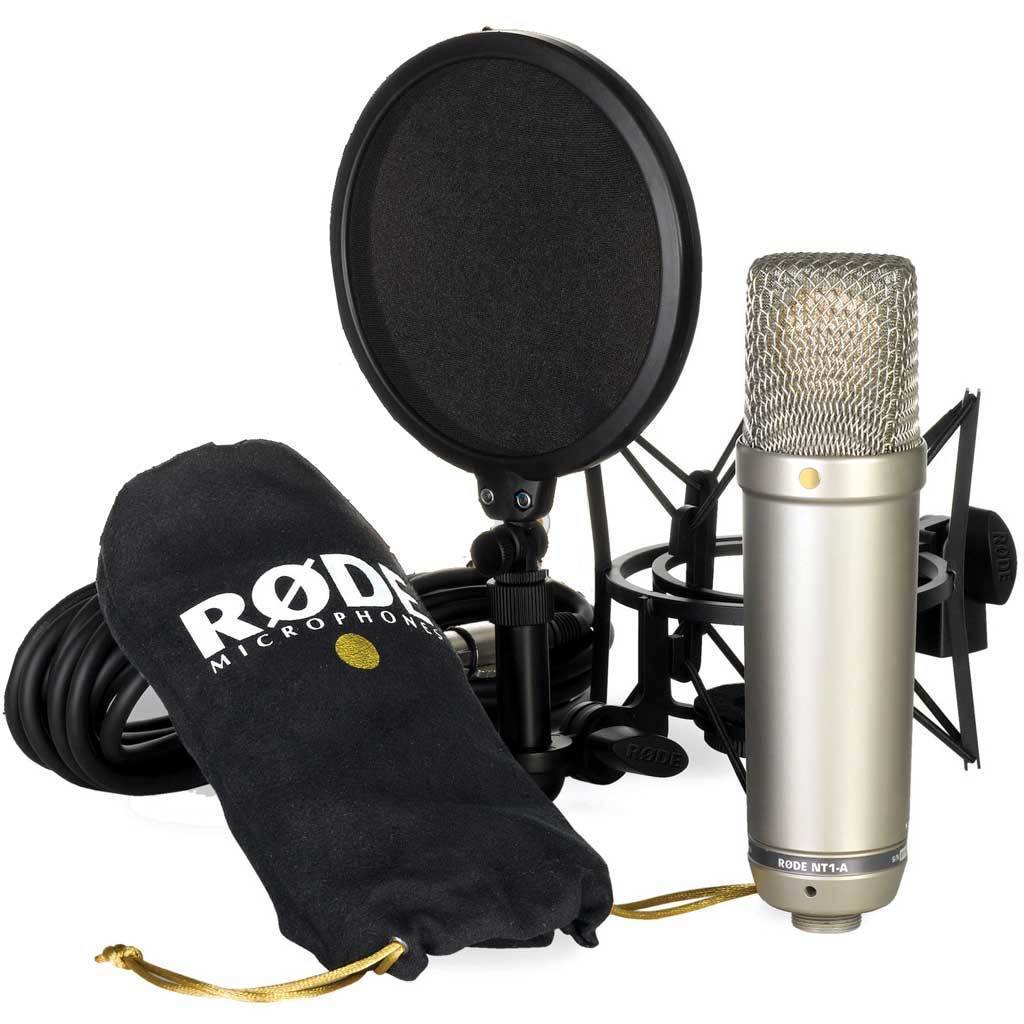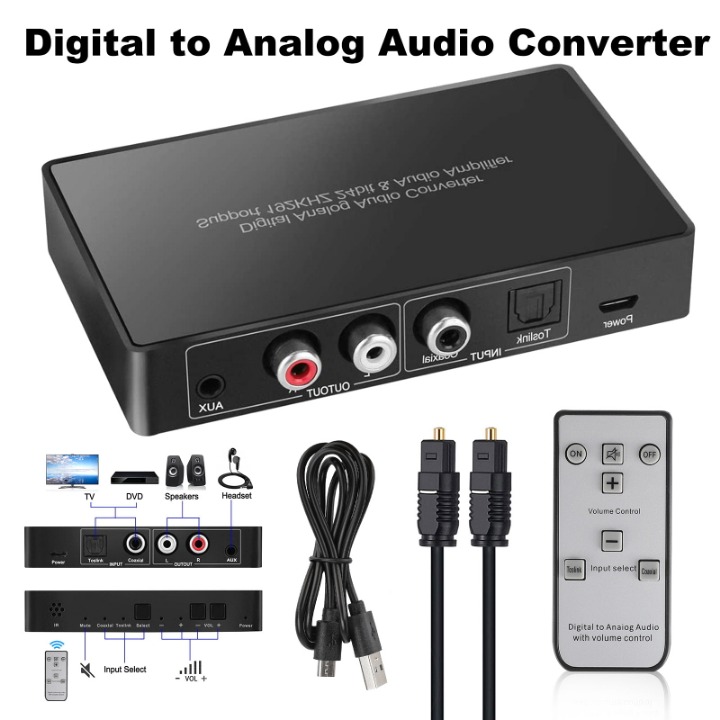The longer the material, the more it is critical to have latency-free monitoring, unless you have another person doing that quality control for you. In that case, the delay is tolerable (for a person not speaking on the show). If you want to take your audio to the next level, or if you need a microphone that you can use with a camera or computer as well as a smartphone, the VideoMic NTG is perfect. This broadcast-grade microphone is loaded with features to help you adapt to any recording situation, including a pad, high-pass filter, high-frequency boost and more. The VideoMic NTG also allows you to monitor your audio with complete control over the headphone output level. The single most effective way to vastly improve sound quality for your video calls is to use an external microphone. The mics built into computers aren’t designed for high-quality audio recording and will make your voice sound tinny and distant, pick up room sound, and generally make communicating more difficult.
Note that you can only use the USB-C output if your iOS device has a Lightning connector (or a USB-C input, in the case of the iPad Pro). Connecting the VideoMic NTG to iOS devices, including iPhones, iPads and iPods, is super easy. Below we’ll take a look at how to do it, what products you need and the awesome features this gives you access to.
This is a Lightning Accessory Cable specifically designed for plugging MFi-certified USB-C microphones into iOS devices. At 300mm long, it’s perfect for use with the VideoMic NTG and even features a junction box that fits perfectly into the VideoMic NTG’s shock mount cable management slots. You will also need to make sure that your VideoMic NTG has the latest firmware installed, which you can download here. These microphones all feature a control for the headphone output level too. As stated throughout this article, the NT1-5G offers three very different modes, which are all mutually exclusive.
Read more about rode NT1 here.
No matter your color of choice, each NT1 Signature Series mic is coated with a highly resilient finish that’s specially designed to resist scratches and scuffs. If you are using the Rode Nt-1 kit with included interface, the setup process is nearly identical. Some have argued that the Rode NT1 is much better for sound recording, while Rode NT1A is better with instruments. Both are missing a PAD or a high pass filter, which is one of the downsides of both. While some recording artists might prefer a more natural, vintage sound as starters, others prefer a boost of confidence from the beginning. The NT1A, on the other hand, is winning if you have no time for sound effects later. While personal preference takes center stage when it comes to choosing a gadget, the NT1 and NT1A are sure to give you service for a long time.
While there have been some improvements to the onboard microphones in phones over the years, the audio quality they’re capable of producing still leaves much to be desired. You can also use an adaptor such as the RØDE SC4 in conjunction with the 3.5mm to USB-C/Lightning adaptor that came with your phone to connect your 3.5mm mic. However, you will not be able to monitor your audio with headphones or control the level of your mic like you can with the AI-Micro. All you have to do is plug it into your smartphone and it will be immediately recognised as the default audio device, bypassing the internal microphone and instantly giving you much better audio quality. However, these are stereo recordings that cannot be transferred using a standard 3.5mm to Lightning adaptor, which will sum your audio into a single track.
Survival without latency-free monitoring and no internal headphone jack
As both Rode NT1A and Rode NT1 are products of Rodes Microphone manufacturers, they both exhibit significant similarities. The inspiration and the market need that both fulfill are, however, different. In this comparison, we will break down everything from the condenser, frequencies, polar patterns, and much more. While both mics have some similarities, they were designed with very different needs in mind. We have delved into the details to make the selection process much more comfortable as you go about choosing one that suits your needs. Before we move ahead, it’s important to understand what TRS and TRRS mean in relation to 3.5mm connectors and how they are different. Either way, the designers of these two microphones have done an excellent job of giving consumers an option.
NT1A Specifications
The RØDE VideoMic Me is a great microphone for smartphones with a 3.5mm jack. In addition to capturing high-quality audio, it also features a headphone output so you can monitor your recording. These are a great solution if you need a little more distance between you and the camera when recording.
The NT-USB+ professional USB microphone allows you to mix the volume coming from your computer audio and the microphone itself (via zero-latency monitoring). The RØDE NT1 Signature Series is a proper celebration of a classic, and is the ideal studio condenser mic for performers and content creators looking for a budget-friendly, reliable tone-capturing go-to. From vocals to an array of acoustic instruments, and even speaker cabs, the NT1 is a wise choice. Check out the selection of colors at your local Guitar Center, and see which one speaks to you. A world-class large-diaphragm condenser microphone that marries innovation with tradition, it excels on vocals as well as a wide range of instruments. It offers a detailed midrange response coupled with silky smooth high frequencies and warm, round bass, making the NT1 an absolute standout in its class. Press the pink button marked ‘1’ to get to the main settings screen for Channel 1.
This is a compact audio interface that allows you to connect virtually any microphone with a 3.5mm output to a computer smartphone or tablet. This includes lavalier microphones, which are great for video calls because you can clip them onto your shirt allowing you to sit further back from your screen.
In fact, it’s the only USB mic to be released in recent years (to my knowledge) without one. This means that for all cases when the digital USB-C output is used, there is no possible latency free-monitoring.







